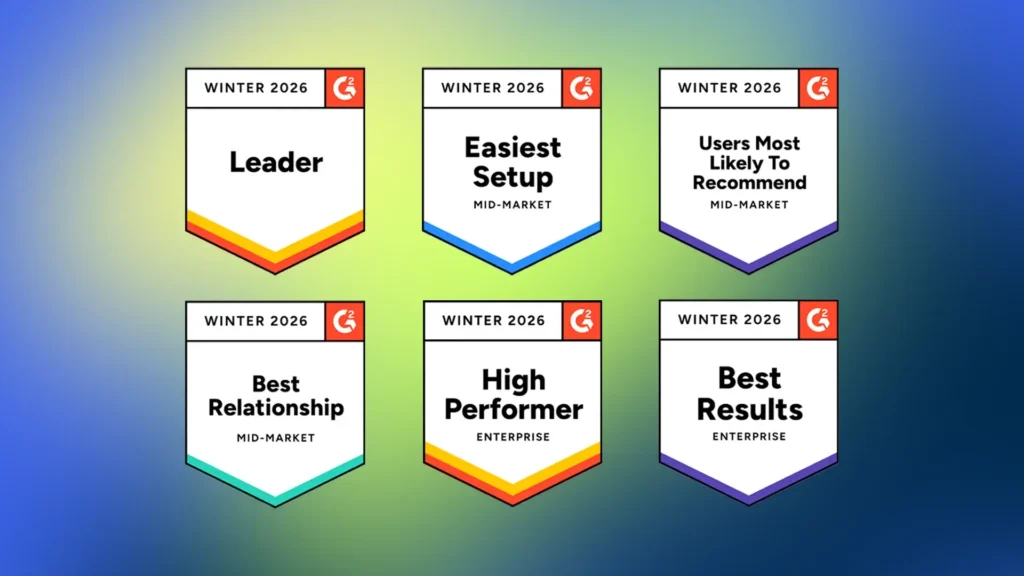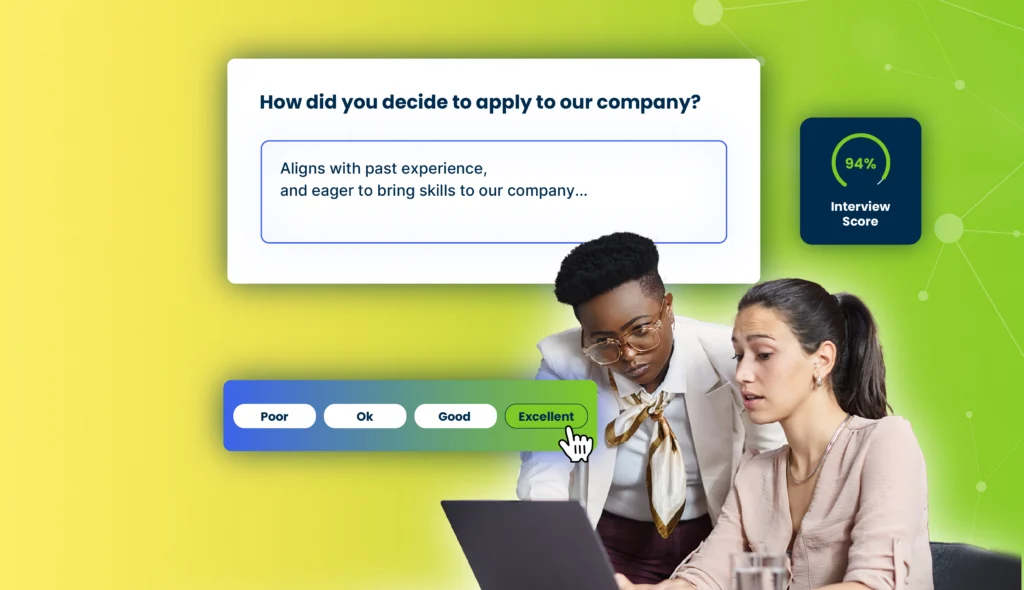Ah the used car salesperson stereotype. We all know the type of personality that comes to mind. In fact, in his seminal book, To Sell is Human: The Surprising Truth About Moving Others, bestselling author Daniel Pink asked people to list adjectives that encompass their view of “sales” or “selling.” Most participants used descriptions such as “pushy,” “aggressive,” and “annoying.” Then, Pink asked participants to draw an image that came to mind when they thought of the word “sales”. Without skipping a beat, all participants drew the proverbial used car salesperson donning an ill-fitting suit. Notably, every image was of a man.

While the vast majority of dealerships do not employ anyone today who fits that trope, the auto sales stereotype endures. And this negative image has driven many consumers to visit and transact with online car buying sites, such as Carvana and Vroom. The sad truth is that some consumers’ aversion for dealers likely has more to do with their perception of and distaste for pushy sales people than any actual negative experience with an auto sales consultant. What’s more is that preconceived notions of retail auto do not stop at sales. Stereotypes abound throughout the dealership ranging from the grease monkey technician to the boisterous, even cartoonish dealer principal (see image).
Beyond affecting consumers’ opinion of the dealership, though, these negative connotations hinder a dealership’s ability to attract quality talent too. In this post, I’ll take a closer look at the industry’s poor employment image problem and ways we can overcome it.
The challenge
According to a 2019 survey conducted by Hireology and Cox Automotive, less than 1.25% of today’s applicant pool would consider working at a retail dealership. That’s harsh. And let’s face it, many job seekers today have never even set foot in a dealership. If they’ve never worked with a dealership, how could we expect that same person to desire to work at a dealership?
What’s fascinating is that most dealership employees enjoy their jobs. Hireology surveyed current dealership employees to gauge employee sentiment and found their perception of the job is extremely positive. In fact, 94% of dealership employees surveyed reported that they had a positive view of working in the dealership and the industry as a whole! As Tammy Darvish, President of U.S. Operations for AutoCanada, shared at The Automotive News Retail Forum and Elevate 2019, a dealership job is the best kept secret in retail.
So, the challenge boils down to how do we appropriately leverage dealership employees’ genuine enthusiasm to improve our employment brand?
Why it matters
Until we fix our image problem, consistently attracting choice talent from outside the industry will remain a hoop dream for many dealers. And moving forward, Hireology predicts that staffing levels in the dealership will hover at 5-10% below what they were pre-pandemic. This means that dealers will need to accomplish more with fewer staff. And, more importantly, as we accelerate into the digital retail era, many of these responsibilities will be entirely new or hybrids of other roles’ duties. If dealers neglect to attract the right types of talent to fill these seats now, it could result in a critical skills gap that will seriously impede their ability to compete in the new retail environment.
Plus, research shows that younger generations — which make up the majority of the workforce — actually have a more favorable opinion of working in auto. The 2019 Cox study showed that 32% of Generation-Z job seekers are interested in dealership jobs. Strong interest from Generation Z is a good sign, as they make up approximately 20% of today’s workforce. Dealers need to act now to ensure this up and coming generation not only understand the wonderful opportunities that a career in retail auto entails, but that they seize them. Failure to act can have long lasting consequences on a dealer’s ability not just to recruit younger consumers, but also convert them into customers.
How can we fix it?
When it comes to repairing our employment image problem, simply applying the same marketing principles of selling your cars and customer service to marketing job opportunities can go a long way. As Hireology CEO, Adam Robinson puts it, “jobs, like vehicles, are products…and those products have to be retailed.” And when it comes to jobs, the three things applicants want to see most in the job are: pay stability, quality of management, and workplace culture. All of those desirables are in a dealer’s control.
Plus, we can do more to leverage and advertise the genuinely cool aspects of working at a dealership. Outside of a retail electronics storefront, such as Apple or Best Buy, rarely does one have the opportunity to work with the most innovative consumer products and technologies on the market. Here are some tips on how to capitalize on these attractive elements of a dealership job:
For starters, think of a job description like a VDP. This is a jobseeker’s first impression of your “product” and the dealership. Make the most of it by stressing the kind of individual you’re looking for, not the kind of experience needed. Secondly, don’t neglect to play up what makes your dealership a great place to work. Focusing on your store’s history, community ties, and workplace culture are keys to piquing the interest of quality talent from outside the industry.
Beyond the job description, you have arguably your most powerful tool to change the narrative around dealership stereotypes: your website. When dealers have dedicated career sites right on the website, their odds of attracting applicants begins to rise dramatically. In fact, Hireology data shows that 80% of applicants from a dealer’s career site are quality, the highest percentage across any recruitment channel. And, perhaps the most underrated part of a dealer’s employment brand, spotlights on or testimonials from current employees, such as this from Walser Automotive Group. Allowing a job seeker to see their reflection in your current staff will sell the role more than your best job advertisement or interviewer ever could.
Dealerships have taken great strides, particularly in 2020, to meet consumers on their terms. In doing so, the industry is on the right trajectory to disprove any preconceived notions one had prior to stepping into the store or, more likely, starting an online chat. I’m optimistic that dealers are similarly headed in the right direction to mitigate the harm old stereotypes have done to their employment brand.















